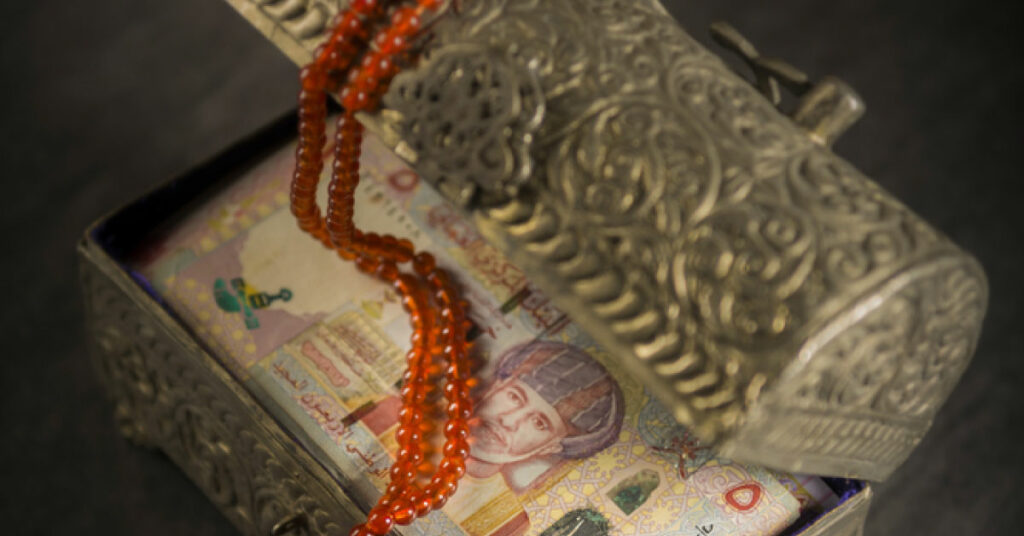As per a statement, Oman issued $1.75 billion in nine-year Sukuk or Islamic bonds in the last week. The issuance occurred as the bids grew higher than 6.5 times, which drew more than $11.5 billion in the second international bond issuance. The first dollar Sukuk sale of Oman since 2018 is because of the high demand that led to the issuance.
The launch of the bonds was at 4.875%, tightened from the initial price guidance of 5.375%-5.5%.
Oman’s economic findings state a fluctuation with a fall of GDP in 2021 to 76.7% and a rise in 2022. The high debts in the country cause a fiscal deficit of 14.9% of GDP in 2021.
Oil Production data was at 28,510.300 BPD in Apr 2021, which is a decrease from Mar 2021, which was at 29,524.800 BPD.
The forecast of the bond prospectus reviews a deficit of 2.23 billion rials ($5.79 billion) or 8.6% of the gross domestic product in 2021, declining to 1.66 billion rials in 2022, 605 million rials in 2023 and 165 million rials in 2024, or 5.9%, 2% and 0.5% of GDP respectively.
As per the prospectus, the country will tread on financial sustainability through privatizations and revenue generation from government assets. Additionally, domestic funding sources like government development bonds and domestic Sukuk issues diligently will offer substantial financing.
The issuance drew a demand for the new bonds as investors are looking for high yielding Sharia-compliant papers.
The recent dollar-denominated Sukuk sale of Saudi Aramco to raise $3 billion and $4 billion represent a move to transform the economy with significant domestic investments. The company opted for Sukuk bonds as they have a competitive edge due to massive demand for the instrument owing to low dollar Sukuk sales in the Gulf this year.
Oman couldn’t derive benefits in the international debt markets last year. Yet, it has pioneered in issuing bonds which attracted a massive demand of $15 billion. The reasons comprise progressive fiscal consolidation and profuse global liquidity.
The sultanate raised $3.25 billion in the bond sale in January, the third time within three months. The plan was to utilize the investor’s appetite for returns on investments to overcome the budget deficit. It expects a considerable decrease in gross domestic product to 71.7% in 2024 from 82.7% in 2021. The global Sukuk reached USD715.2 billion in the first quarter of 2021– 3% higher than the fourth quarter of 2020.




